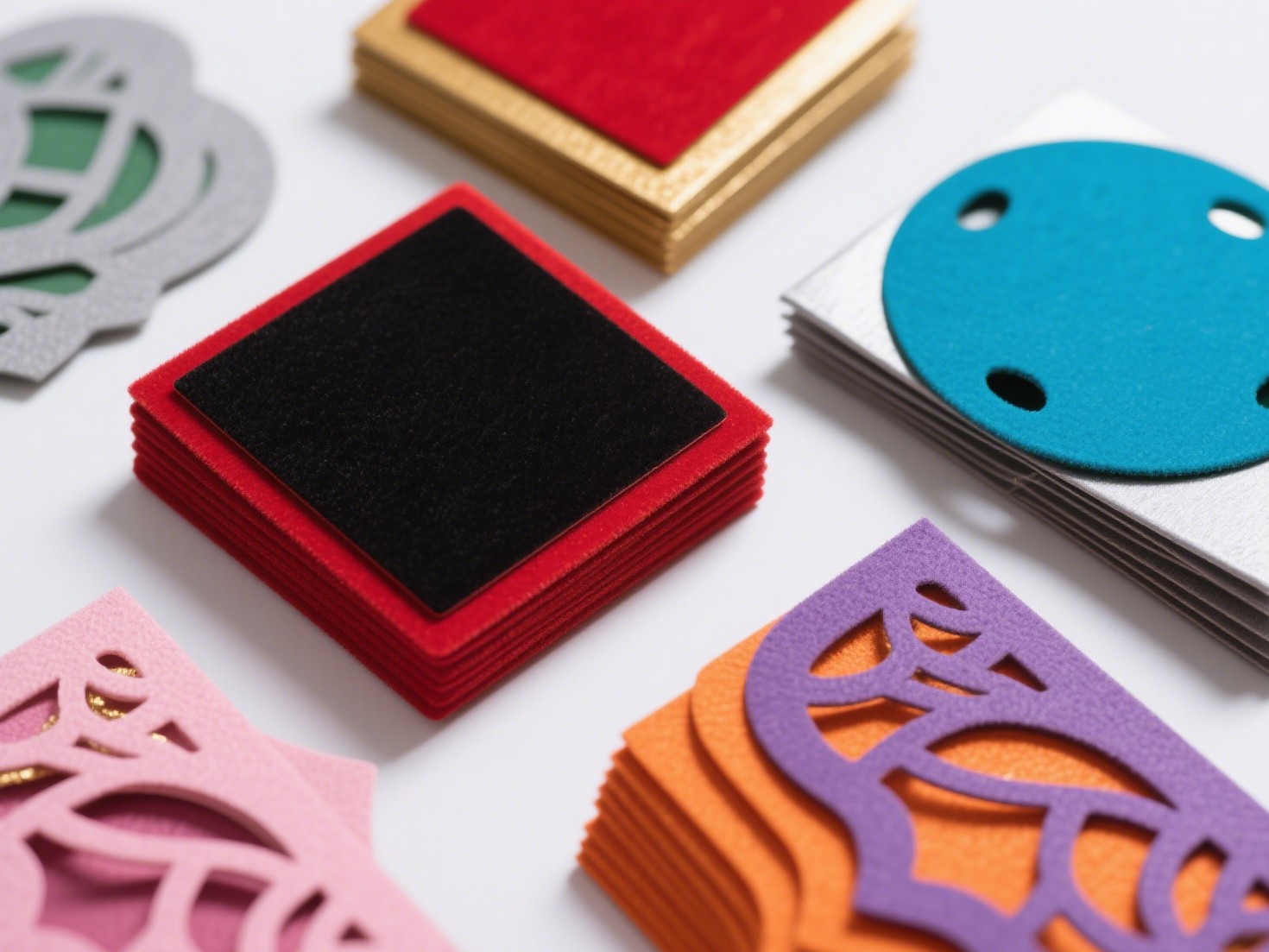The Quest for Comfort: Discovering the Least Toxic Fabrics for Your Wardrobe
In an era where sustainability and health consciousness are at the forefront of consumer choices, the question of fabric toxicity has gained significant attention. As we become more aware of the potential hazards lurking in our clothing, understanding what constitutes the least toxic fabric to wear is essential for both our health and the environment. This article delves into the various fabric options available, their production processes, and the implications for our well-being.
Understanding Fabric Toxicity
Fabric toxicity refers to the harmful chemicals and substances that may be present in textiles, which can affect human health and the environment. Many conventional fabrics are treated with pesticides, dyes, and finishing agents that can release volatile organic compounds (VOCs) and other harmful substances. These chemicals can lead to skin irritations, respiratory issues, and long-term health problems. Therefore, selecting fabrics that are free from these harmful substances is crucial for those seeking a healthier lifestyle.
The Top Contenders for Least Toxic Fabrics
- Organic Cotton:
Organic cotton is cultivated without synthetic pesticides, herbicides, or fertilizers, making it one of the safest fabric choices. The organic certification ensures that the cotton is grown in a manner that promotes biodiversity and soil health. Additionally, organic cotton is often processed without harmful chemicals, making it gentle on the skin and an excellent choice for sensitive individuals. - Linen:
Linen, derived from the flax plant, is another excellent option. It is naturally resistant to pests, which means it requires fewer chemicals during cultivation. Linen is biodegradable and has a low environmental impact. Its breathable nature makes it ideal for warm climates, and it becomes softer with each wash, enhancing comfort over time. - Hemp:
Hemp is a powerhouse in the realm of sustainable fabrics. It grows quickly, requires minimal water, and is naturally resistant to pests, reducing the need for chemical interventions. Hemp fibers are strong, durable, and biodegradable, making them a long-lasting option. Moreover, hemp fabric is known for its breathability and moisture-wicking properties, making it suitable for various applications. - Tencel (Lyocell):
Tencel, a brand name for lyocell, is made from sustainably sourced wood pulp, primarily from eucalyptus trees. The production process uses a closed-loop system that recycles water and solvents, minimizing environmental impact. Tencel is known for its softness, breathability, and moisture management, making it a luxurious yet eco-friendly choice. - Bamboo:
Bamboo fabric has gained popularity due to its softness and antibacterial properties. However, it is essential to choose bamboo textiles that are processed using eco-friendly methods, such as mechanical processing rather than chemical. When sourced responsibly, bamboo is a renewable resource that can be cultivated without pesticides.
The Importance of Certifications
When searching for the least toxic fabrics, certifications play a crucial role in ensuring the integrity of the materials. Look for labels such as:
- Global Organic Textile Standard (GOTS): This certification guarantees that the fabric is made from organic fibers and processed without harmful chemicals.
- OEKO-TEX Standard 100: This certification ensures that textiles are tested for harmful substances and are safe for human health.
- Cradle to Cradle Certified: This certification assesses the sustainability of products across various categories, including material health, material reutilization, renewable energy, water stewardship, and social fairness.
Practical Tips for Choosing Less Toxic Fabrics
- Research Brands: Investigate brands that prioritize sustainability and transparency in their production processes. Many companies now provide detailed information about their sourcing and manufacturing practices.
- Read Labels: Always check the labels for certifications and the materials used. Avoid fabrics that contain synthetic fibers, such as polyester and nylon, which are derived from petroleum and can release microplastics into the environment.
- Opt for Second-Hand: Purchasing second-hand clothing can significantly reduce your environmental impact and minimize the demand for new textiles. Vintage and thrift stores often carry unique pieces made from natural fibers.
- Care for Your Fabrics: Proper care can extend the life of your clothing and reduce the need for replacements. Follow washing instructions carefully and consider air-drying to minimize energy consumption.
Conclusion
In conclusion, the journey to finding the least toxic fabric to wear is not only about personal health but also about making informed choices that benefit the planet. By opting for organic cotton, linen, hemp, Tencel, and responsibly sourced bamboo, consumers can enjoy comfort without compromising their well-being. As awareness grows, the demand for sustainable and non-toxic fabrics will continue to shape the fashion industry, paving the way for a healthier future for both individuals and the environment. Embrace this journey, and let your wardrobe reflect your commitment to sustainability and health.
